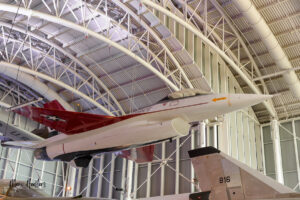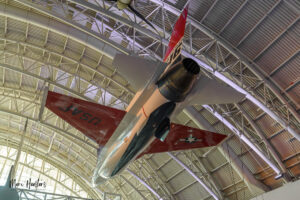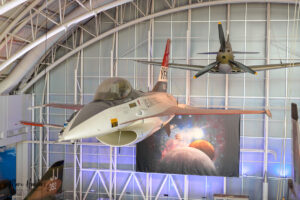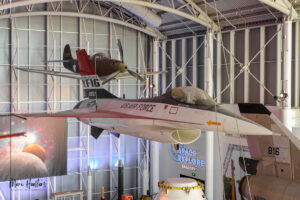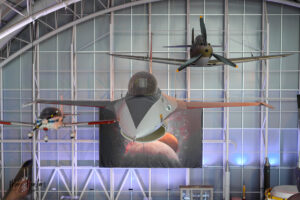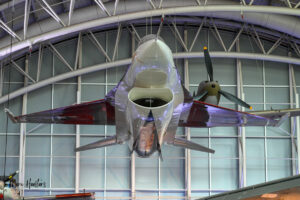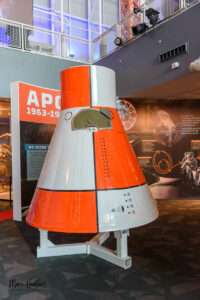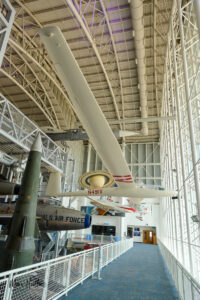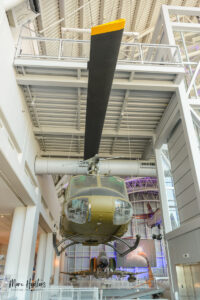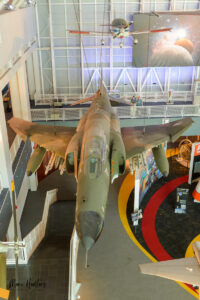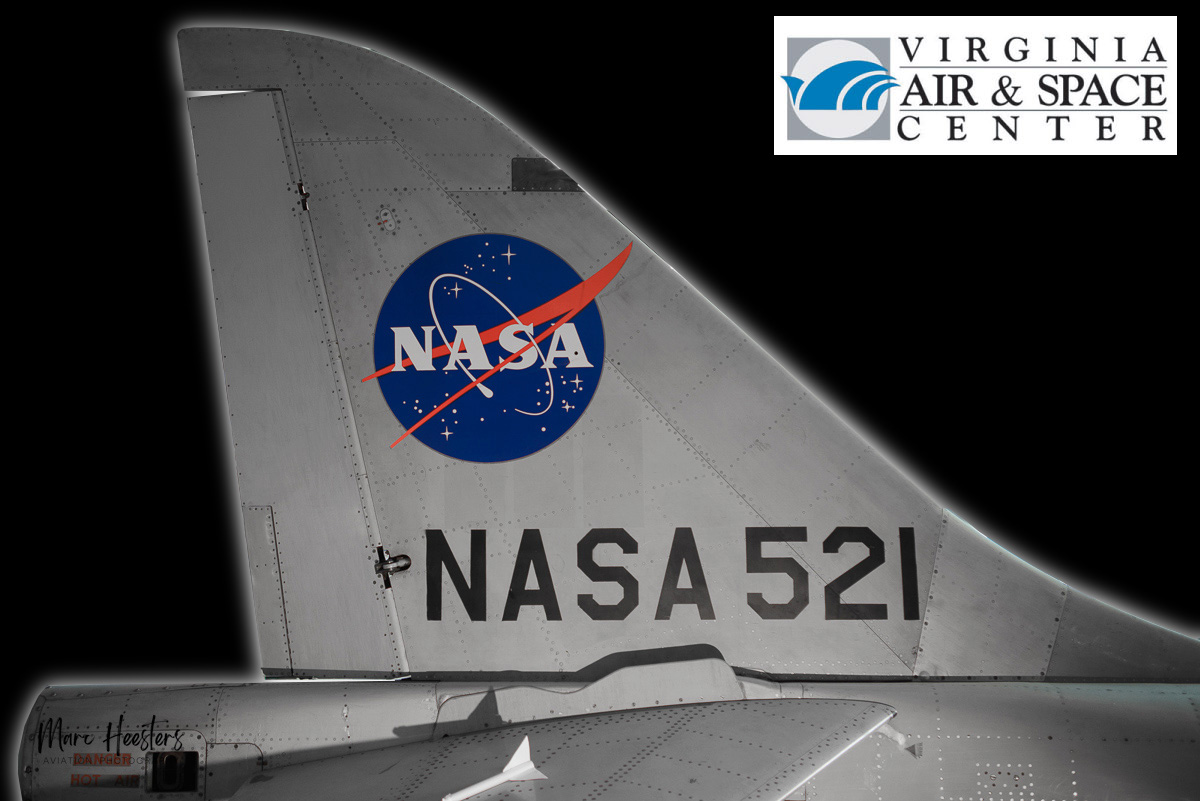
The Virginia Air and Space Science Center is a museum and educational facility in Hampton, Virginia that also serves as the visitors center for NASA’s Langley Research Center and Langley Air Force Base.
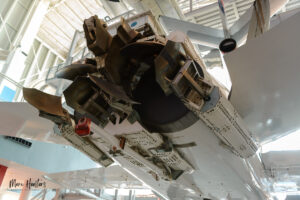
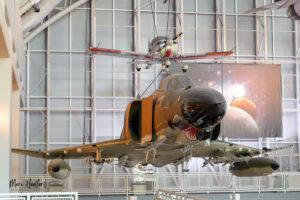
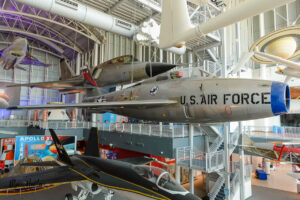
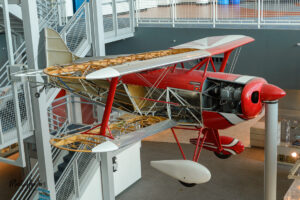
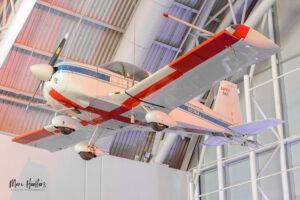
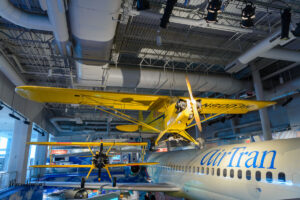
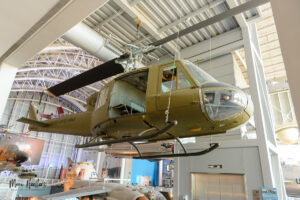
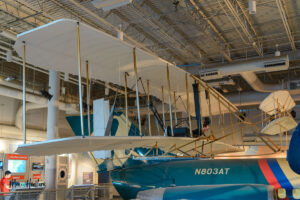
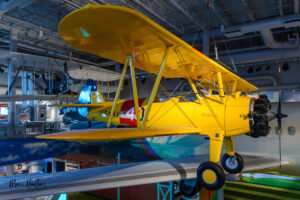
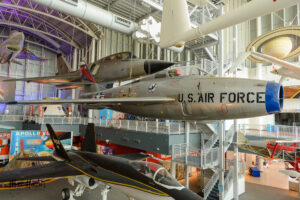
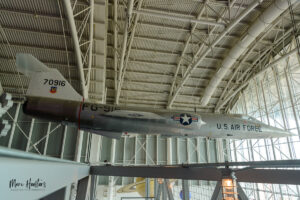
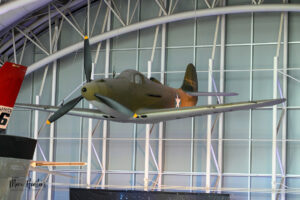
The High Alpha Research Vehicle was a modified American McDonnell Douglas F/A-18 Hornet used by NASA in a three-phase program investigating controlled flight at high alpha (angle of attack) using thrust vectoring, modifications to the flight controls, and with actuated forebody strakes. Demonstrated capabilities included stable flight at approximately 70 degrees angle of attack (previous maximum was 55 degrees) and rolling at high rates at 65 degrees angle of attack. Controlled rolling would have been nearly impossible above 35 degrees without vectoring.”
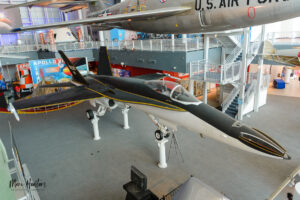
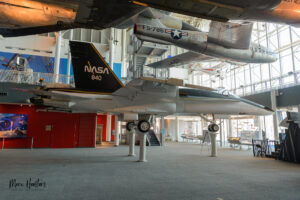
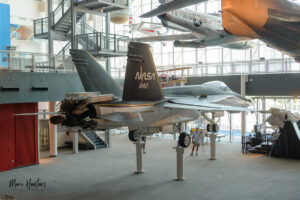
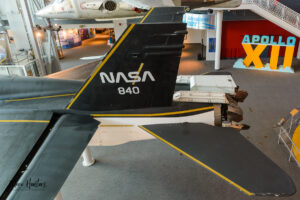
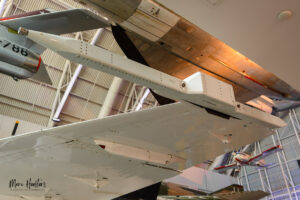
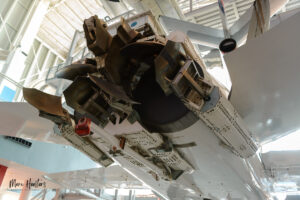
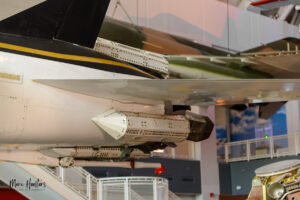
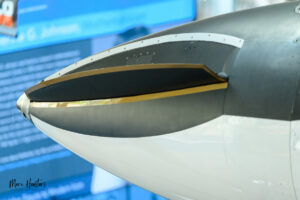
The P.1127/Kestrel was an experimental V/STOL aircraft, which served as the forerunner for the production of the Hawker Siddeley Harrier and the wider Harrier family. It served to demonstrate an entirely original technique of flight, as well as to trial a brand new type of engine in the form of the Pegasus turbofan engine.Sixevaluation aircraft were transferred to the U.S.[33] for evaluation by the Army, Air Force, and Navy as the XV-6A Kestrel. After Tri-Service evaluation they were passed to the USAF for further evaluation at Edwards Air Force Base, except for two that were assigned to NASA.
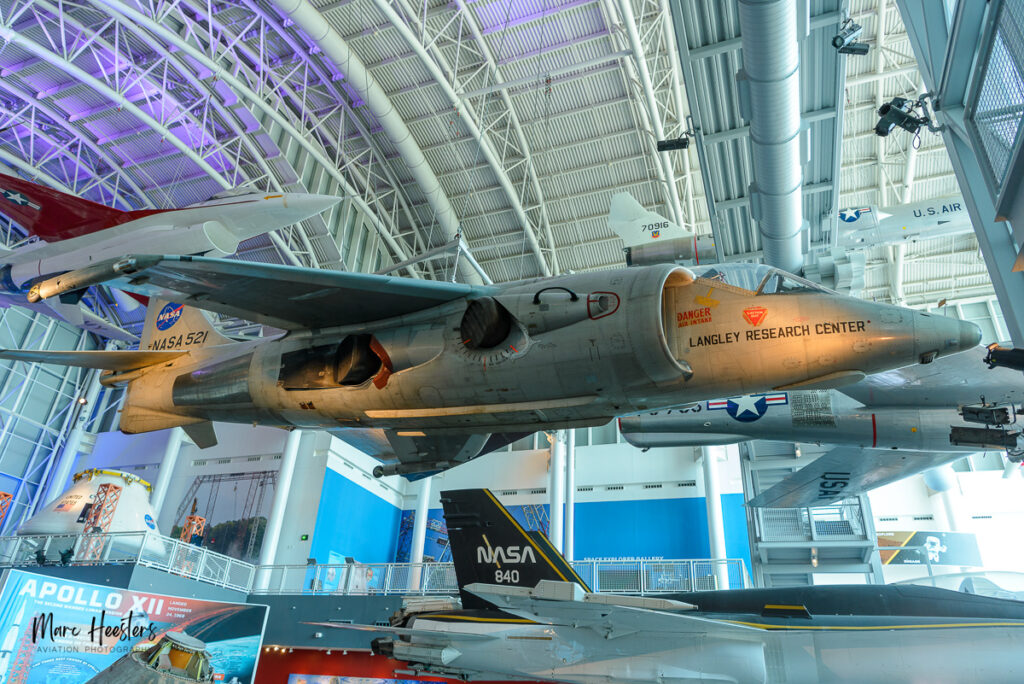
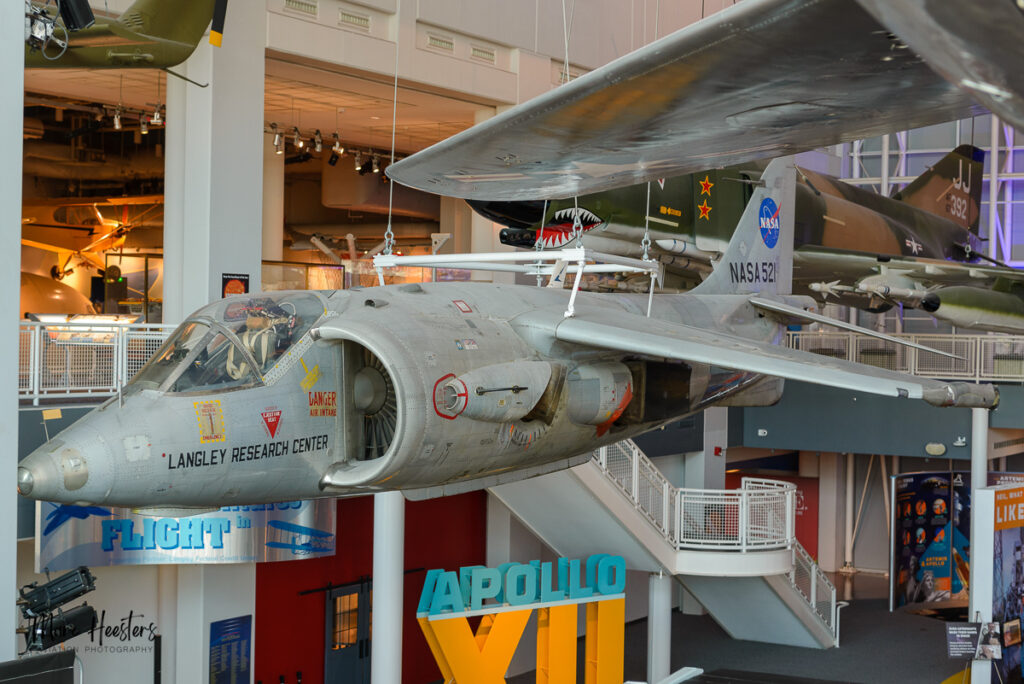
Six F-106s were retained by NASA for test purposes through 1998. An F-106B two-seat trainer was operated by NASA Langley Research Center between 1979 and 1991.
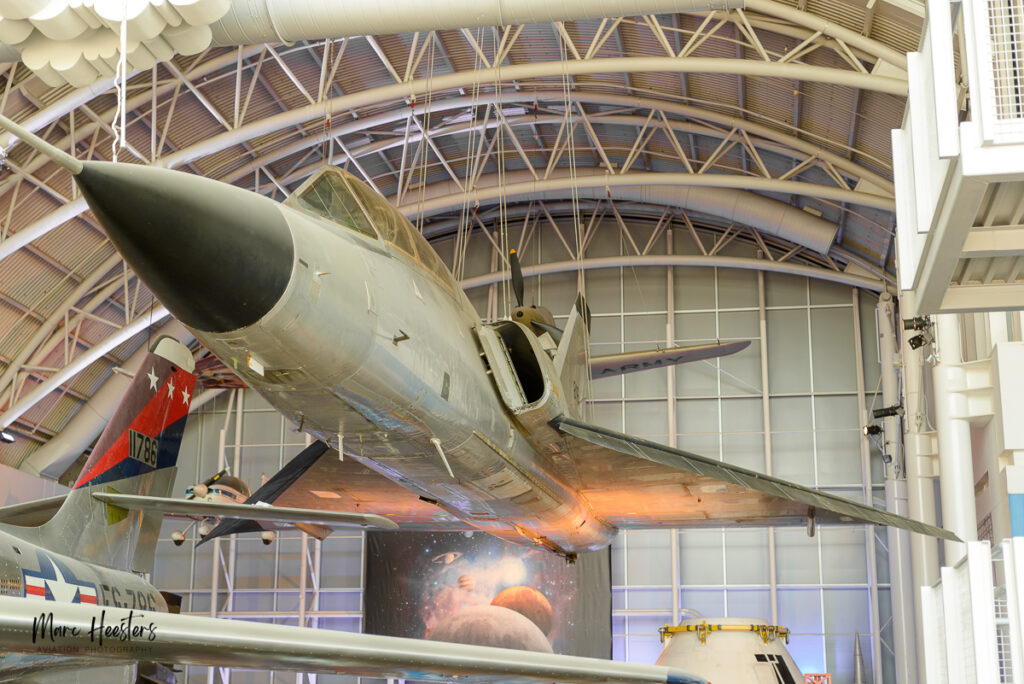
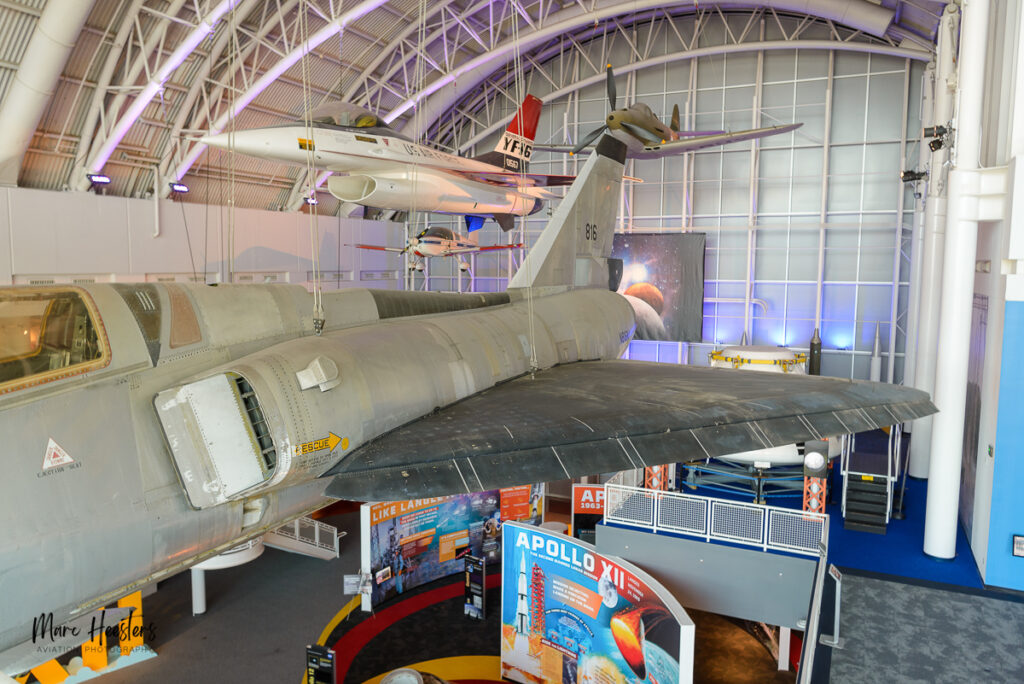
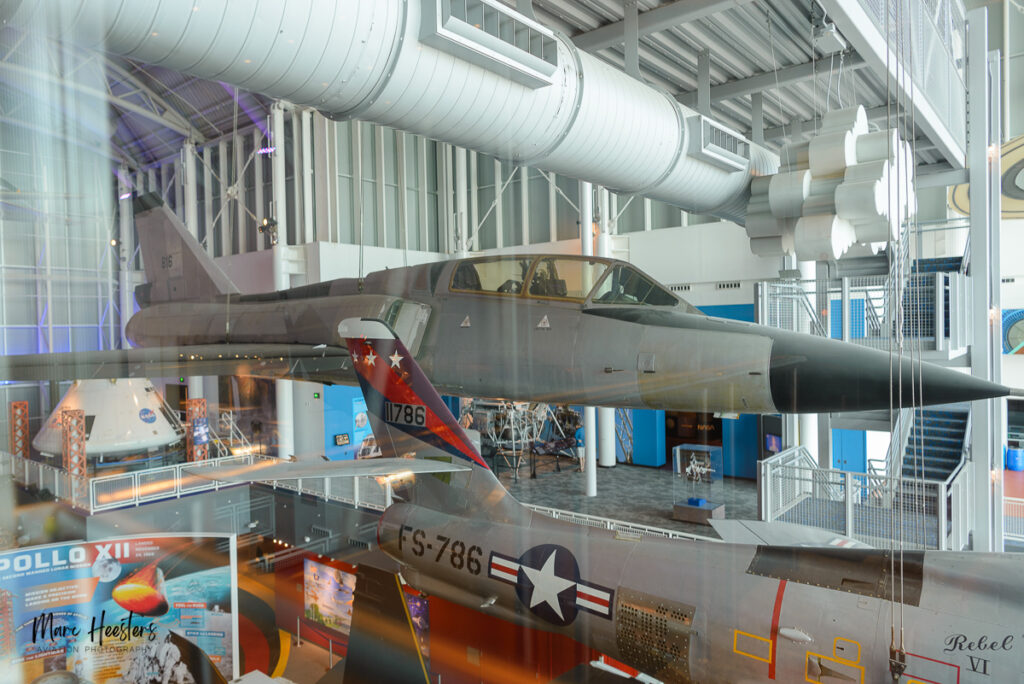
YF-16 Prototype
Rolled out at Fort Worth, Texas on December 13th, 1973. First flight on January 20th, 1974 which is the very first flight of an F-16. It had been moved in a C-5 galaxy 12 days prior on January 8th, 1974 and assembled for first flight. The first flight wasn’t supposed to happen, but during high speed taxi trials the aircraft lifted off with the only option for the pilot was to proceed and fly. In the first stages the right-hand stab hit the runway a couple of times creating some damage to it.
